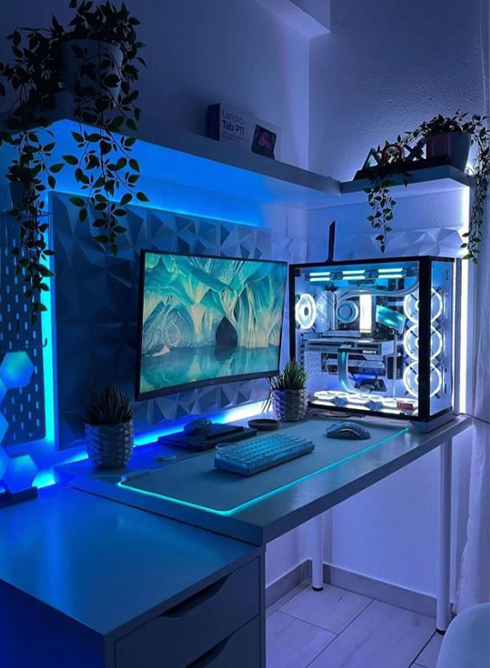Welcome
Remote work in Hong Kong: A new era of employment opportunities
Remote work has evolved significantly in recent years, from an option for a select few to a global trend. With reliable internet connections, flexible workspaces, and modern technology, remote jobs have become more accessible and efficient than ever. Employees can now experience a professional work environment, regardless of their location, and commuting to offices is no longer necessary to have a productive career. This development has not only transformed the job market, but also the way we view work-life balance.
The best remote work opportunities in Hong Kong for 2025
With 2025 just around the corner, more exciting remote work opportunities are on the way. From flexible tech jobs to creative positions, employers have spared no effort to offer workers a wide range of opportunities. Occupations in IT, marketing, and customer service have already received a lot of attention, and upcoming positions in healthcare, finance, and education look set to set the standard for what remote work can offer in the future. Workers will have access to more dynamic projects and improved collaboration tools that provide an incredible sense of flexibility and efficiency.
How to build the ultimate remote work PCn
Building your own remote work PC can be a very rewarding process for those looking for an efficient and productive workstation. It’s not just about choosing the latest components, but also about creating a machine that’s tailored to your specific work needs. Choosing the right processor, RAM, and storage options can have a big impact on your workflow, especially when working with large files or multiple programs at once. Building your PC from scratch also gives you the opportunity to customize it aesthetically, with ergonomic monitors, keyboards, and a comfortable workstation that can contribute to better productivity and well-being.

